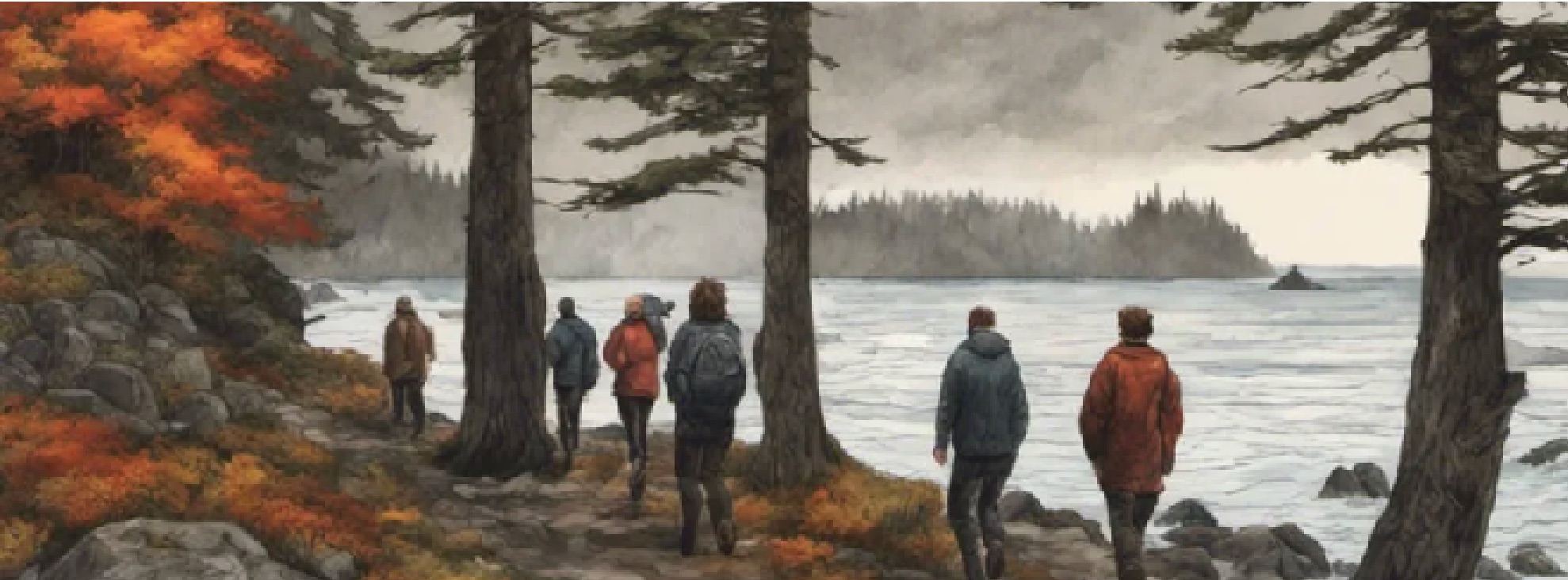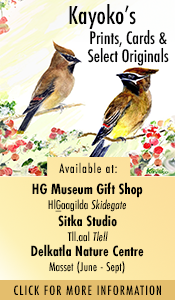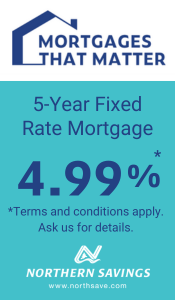| Our 125th Issue - Shining Bright on Haida Gwaii |
 |
| 26 September 2023 |
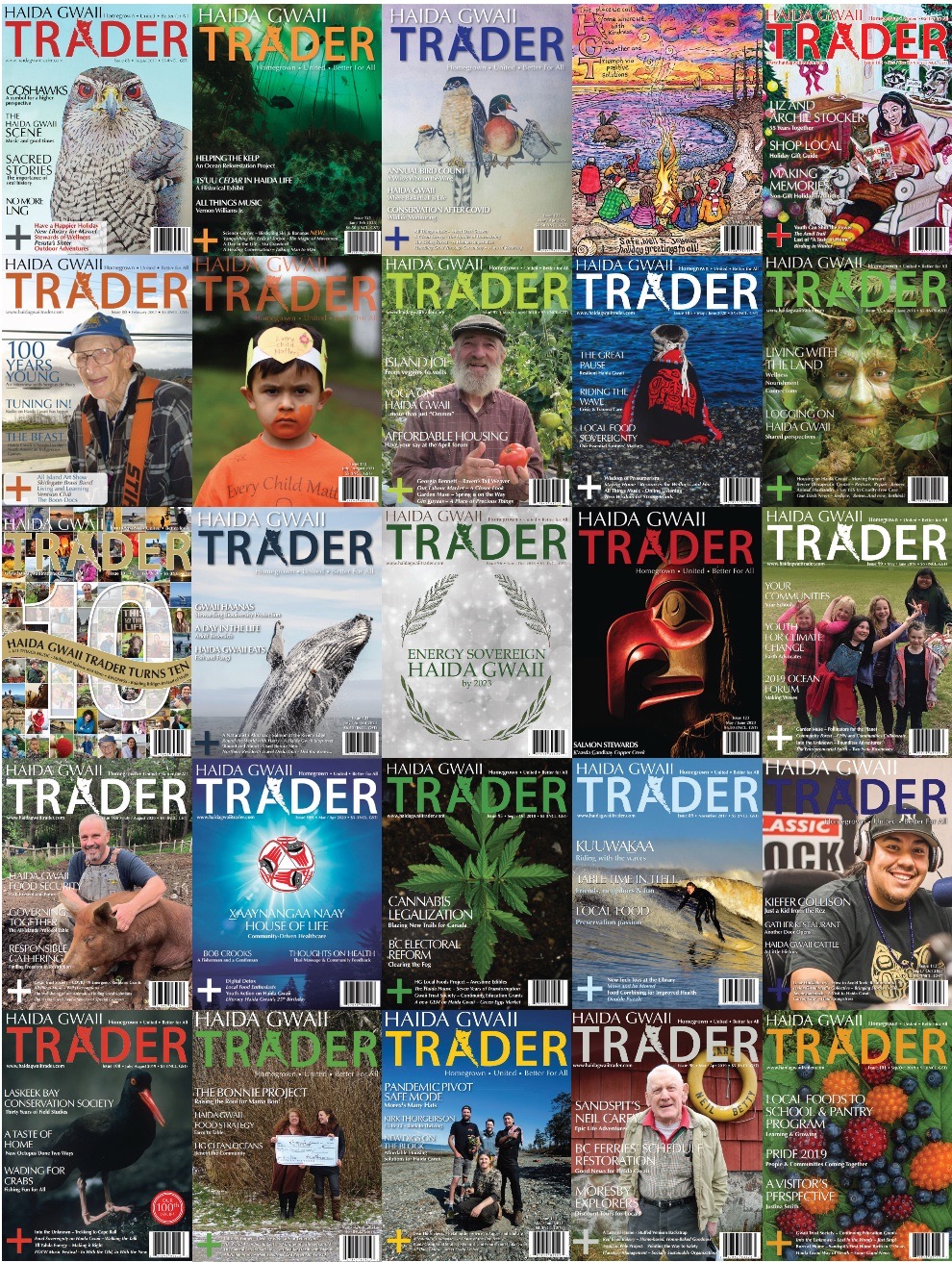
A Q&A with the Editor-in-Chief, Shellene Patience
SP: as far back as high school, I was drawn to topics and initiatives that encouraged people to be kind and to work together. This aspect of my personality is naturally infused into all that Haida Gwaii Trader is about. In my humble opinion, the power of a good life is founded on compassion with ourselves (first and foremost) then with our families, friends, communities and nations. Back in 2009 I was looking for a career change from Ornamental Horticulture, which I had been doing for about twenty years. I organized a flea market in Wáan Kún Port Clements and at one point, someone came up to me and said, “What we need here is a buy and sell.” As a longtime fan of second-hand goods, I thought I’d give fulfilling that need a whirl. And so, in February 2010, I launched the Haida Gwaii Trader website. The first HGT “magazine” (more like a pamphlet at that time) appeared a few months later. For many years, the “Trader,” as locals call it, had very few in-depth articles - just classifieds dappled with a few corny jokes and the odd Haida Gwaii-related blurb.
Gosh, I think I printed around thirty to fifty copies back then... used my little desktop printer. It took me forever. It jammed up so many times I wanted to throw the printer out the door. The late Advantage Print based out of Prince Rupert printed it for many years until a couple of years ago when I began printing in-house. Today we circulate an average of 400-500 hard copies and the e-zines are seeing between 2000 to 10,000 views. It never ceases to amaze me that we have ezine readers from all around the world. Who would have thunk? In time, you developed guiding principles for the magazine. What are they? As noted in our tag line, our three core publishing values are “homegrown, united and better for all.” We also commit to the Truth and Reconciliation’s Call to Action #85: continuing to develop media initiatives that inform and educate the Canadian public, and connect Haida people and fellow islanders. Homegrown: over the years, numerous people have shared their doubts with me about there being enough content/business on Haida Gwaii to fill/support six magazines per year. I’ve assured them all, there most certainly is. The stories? Oh my. They are endless and ever fascinating. I think the people and business-centric synergies happening on Haida Gwaii along with nature-based inspirations and wisdoms are setting positive precedents that are sure to benefit all of humanity. United: this is the HGT value that resonates with me the deepest. I am convinced the survival of all living things depends on the ‘strength in diversity’ concept. A wide range of viewpoints and skillsets are needed to make well thought out local and one planet decisions. Unity bolsters constructive dialogue, collective resilience, regional stability while still fostering the preservation of people’s unique heritage and culture. Better for all: focuses on basic needs shared by all. HGT strives to keep topics such as food security, clean air, water and energy, affordable housing and wellness top of mind. Social sustainability (healthy, fair and equal communities) is also a key publishing influence. I’m a fan of Kaufman’s hierarchy of needs that models how related security and growth are. Connecting in positive ways so as to promote safe spaces for authentic expressions makes my heart sing.
What contribution do you see the Trader making to life on Haida Gwaii? If we can brighten someone’s day, we’ve accomplished what we set out to do. Publishing stories about local people, places and things also helps us better know who we are, as individuals, and as a collective. I believe local media has a responsibility to help preserve culture, give people from all walks of life a voice, educate, inspire and keep important topics top of mind. Of course, promoting Haida Gwaii businesses is a vital contributor to our economic strength and stability. What is unique about the magazine and its content? Printing the magazine in full colour is one. Although the expense is considerable, I decided right from the get go that it was important to publish content that captures Haida Gwaii’s real-life vibrancy. Being locally owned is a big one too – a rarity considering the fact that media in Canada is primarily owned by a small number of giant companies. Publishing a full-spectrum of perspectives is one of our goals; giving a voice to as many stakeholders we can muster. As gossip, fearmongering and negativity are just not our things, choosing a positive and solutions-oriented publishing platform also makes the Trader rather unconventional. It’s not the easy path, but identifying challenges in a clear, calm and concise manner, then shifting the focus to solutions is what guides our work. This world has enough negativity. We concentrate on the aspects of Haida Gwaii, and human nature as a whole, that undeniably shine bright.
As the internet and social media often tend to distract and dilute rather than target local needs, our all about Haida Gwaii publication is not just relevant, it’s an essential service. Most of our content comes from our customers and readership. We’re the wordsmiths, messengers, mar- keters and graphic artists of the people of Haida Gwaii. Relayed through us, their expressions will always be amply important. Thirteen years is a long run for a small regional magazine. What keeps you going? Besides the necessity of keeping a roof over my head, the rewards of service and a deep reverence for the spirit of life and learning are what sustain me. Through the perspectives and contributions of others, I expand. A sense of place and Yahguudang principles of respect from the Haida people. Creativity and authenticity from youth. Acceptance, grace and resilience from Elders. Focus, per- severance and citizenry spirit from our business community. And last but far from least, the air, sea, land, animals and Spirit of this natural gemspace named Haida Gwaii continues to open and heal my soul. I’ve also always been a person who’s wanted to do their part. Many moons ago, I owned and operated an envi- ronmental retail store called, “Alter-Eco Earth Goods.” It was based in Kelowna and I sold everything from natural fiber clothing to tree-free paper, fair trade goods, local art and non-toxic personal and homecare products. On a hand-painted banner that ran atop and around most of the walls of the shop was Margaret Mead’s quote, “Never doubt that a small group of thoughtful, committed citizens can change the world. Indeed, it is the only thing that ever has.” I guess promoting positivity and proactive solutions is in my blood.
People’s Agates - Stories Over the Years Though the Trader’s original raison d’être was helping people buy and sell things, its main subject matter has always been the people themselves, the people who make Haida Gwaii special. For example, last year we profiled retiring postmistress Bari Williams in a story we called One Week Became a Career. Here’s an excerpt: “Only for a week. That’s how long Bari Williams agreed on a whim, to work in Tll.aal Tlell back in 1989. She didn’t know a thing about mail sorting, but she was good with people, and she had management skills. She did the job so well in fact, that the week became a month and then a year, and finally, a third of a century until her retirement this spring. “I got three half-days’ training and I was left on my own,” she says. “I wound up staying for 33 years.” Our nature writer, Margo Hearne, pens a regular column called A Naturalist’s Almanac which keeps a loving and often poetical eye on Haida wildlife and weather. Here’s how Margo started an essay last year about geese. “Migrant geese call down from the wild blue yonder although some are so exhausted from fighting the wind that they have to land and rest for a while. It’s good to let them be. Although they are a hardy species, they are not super-birds ... A bird’s life is a risky business. Three or four eagles inhabit Delkatla Wildlife Sanctuary and at any given time, one will swoop over the flats while the geese are feeding. Every bird will then take to the air in a rush making wonderful rackety goose calls.” A focus on Haida Gwaii’s delicate environment has always been a priority for the magazine’s contributors. A notable example was an article from the spring of 2022 headlined Caring for Our Coastlines. Here’s the introduction: “Everyone who regularly drives Highway 16 on Haida Gwaii between Daajing Giids and Tlell will have noticed that in some areas there has been a dramatic shrinking of the buffer zone, the distance between the shoreline and the road. Where there used to be many trees and bushes and grasses, there may be only one tree hanging at a precarious angle. If you thought that maybe climate change has something to do with the erosion of the natural buffer zone, you would not be wrong.” Among the Trader’s regular features are a puzzle page, a horoscope and a calendar of noteworthy events on the Islands. And there’s a popular column, Dear Huckleberry, that over the years has offered heartfelt advice and home truths. Example: “Having some clear expectations about how you want to be treated DOES NOT equal neediness, and you have an inherent human right to ask for what you want in life.” But we never forget that whatever we publish, whomever we profile, whenever we explore a local issue, it all takes place in, around and amongst the fabric of the strong Haida culture. Here’s how writer Jana McLeod begins a report on an event that drew hundreds of people to Gaw Tlagée Old Massett last fall. We headlined it On the Road to Healing. “Last month’s Yahgu ‘laanaas Pole Raising at the Tluu Xaadaa Naay Longhouse, and the ceremonies that followed, were a stirring reminder that life is changing for many of us. What was once lost is coming back, thanks to the efforts of artists like Kihlyaadaa Christian White and his family who teamed up to make the day possible. It’s been an amazing experience for our family, working together,’ Christian told me in the days preceding the big day when I met with him and his wife iihl kaa jaad kiinas Candace Weir. They made the point that reconnection to one and other as Indigenous people is imperative to our survival, and that the time to embrace this fact is now. The pole raising and the events around it were just one way for the healing to begin.” In a May/June 2020 article concerning the Covid pandemic and entitled Teen Wisdom for Strong Minds, Julia Weder spoke to Guustlas Trey Rorick, age 17, of HlGaagilda Skidegate who said: “Go outside, skip a rock, climb a tree, take a deep breath of fresh air. Reconnect with your surroundings and nature. Explore our beautiful backyard which so many of us take for granted. And most of all, have fun.” In the summer of 2020, Daajing Giids contributor Lynda Dixon of Maude Island Farm made a compelling argument for food security: “Food security is an important part of community resil- ience. By using our fish, forests and land wisely, to meet community needs before commercial exports, we can build a strong local economy that benefits everyone. Maybe no one will be rich, but everyone will be fed, housed and secure with meaningful work.” And in 2018, the Swiilawiid Sustainability Society and the Council of the Haida Nation issued a declaration for clean energy on Haida Gwaii. Here is an excerpt: “To take action on this global issue, Haida Gwaii must turn away from diesel-generated energy and invest in clean sources of power. With our geography, resources and new technology, we are in a unique position to chart a path that will take us to the forefront of ending the fossil fuel era.” At its best, the writing we publish is deeply personal and evokes the Haida Gwaii spirit of connection and together- ness. Sometimes, it strikes to the very core of the human experience, as in an essay we called Caregivers - The Waiting Room, in which writer Lin Armstrong so beautifully wrote about how she coped with the heartbreaking decline of her husband Jack. Here’s an excerpt: “We made a jigsaw puzzle together. Now, we’re taking it apart bit by bit. Those pieces are the laughter, the fights, the compromises, the adventures, the memories, the celebrations, the tough times and the good times. Those pieces aren’t lost. They are being lovingly placed in a heart-shaped box called Life.” One step gently in front of the others dear ones. I am honoured to be on this journey with you. – Shellene / HGT
|
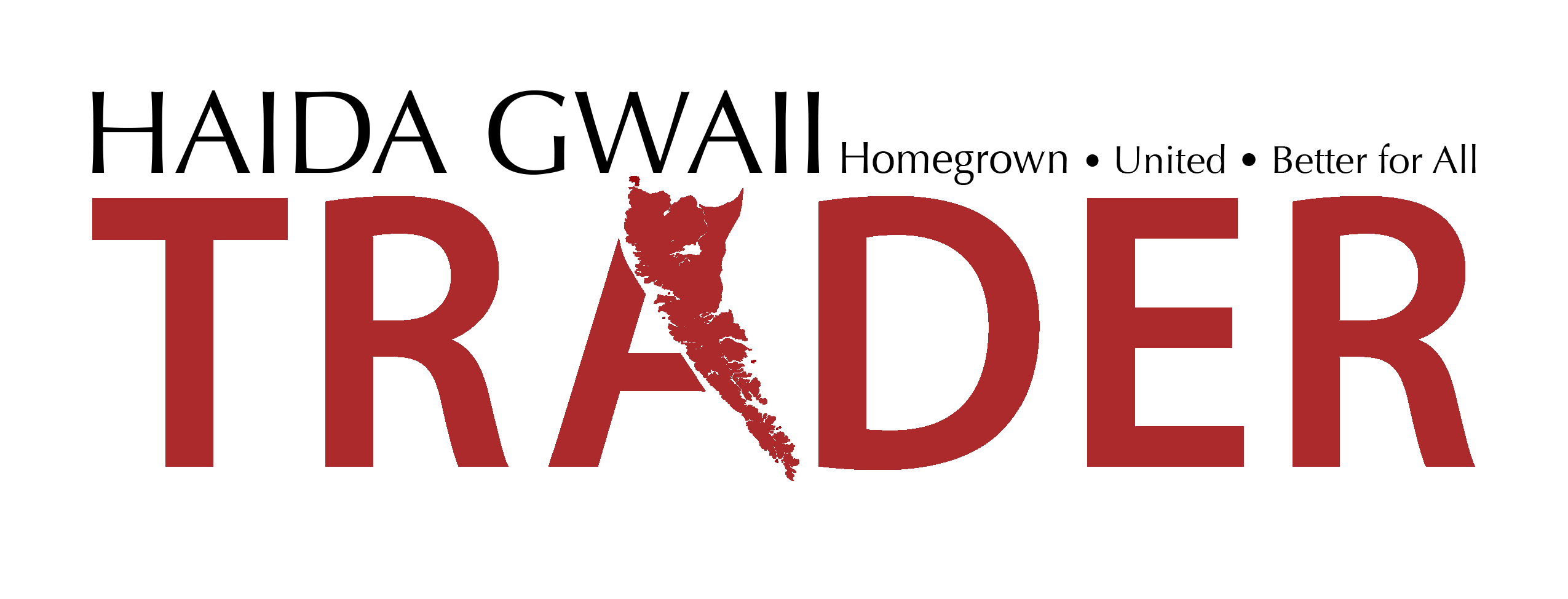



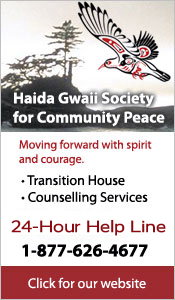
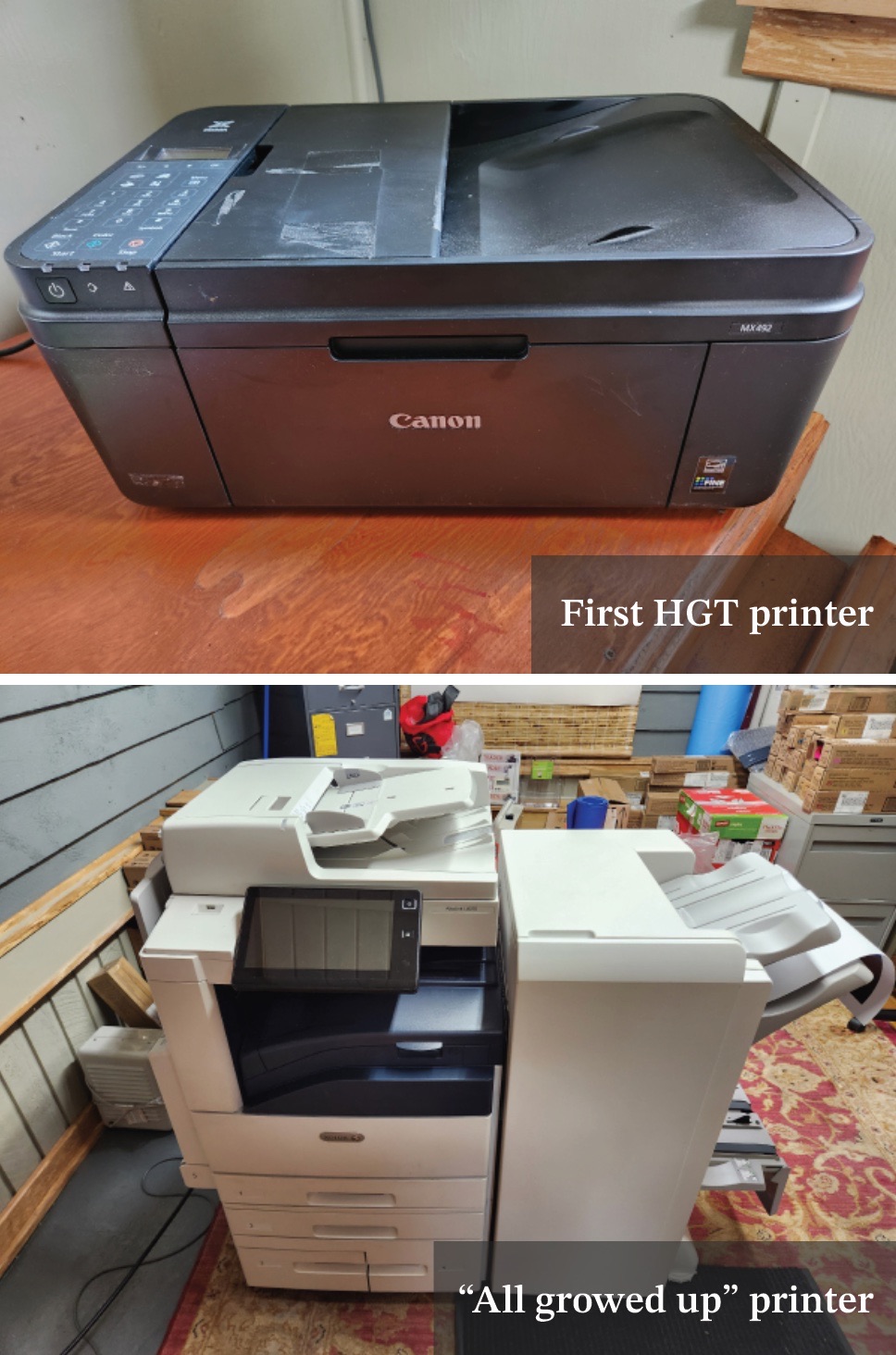
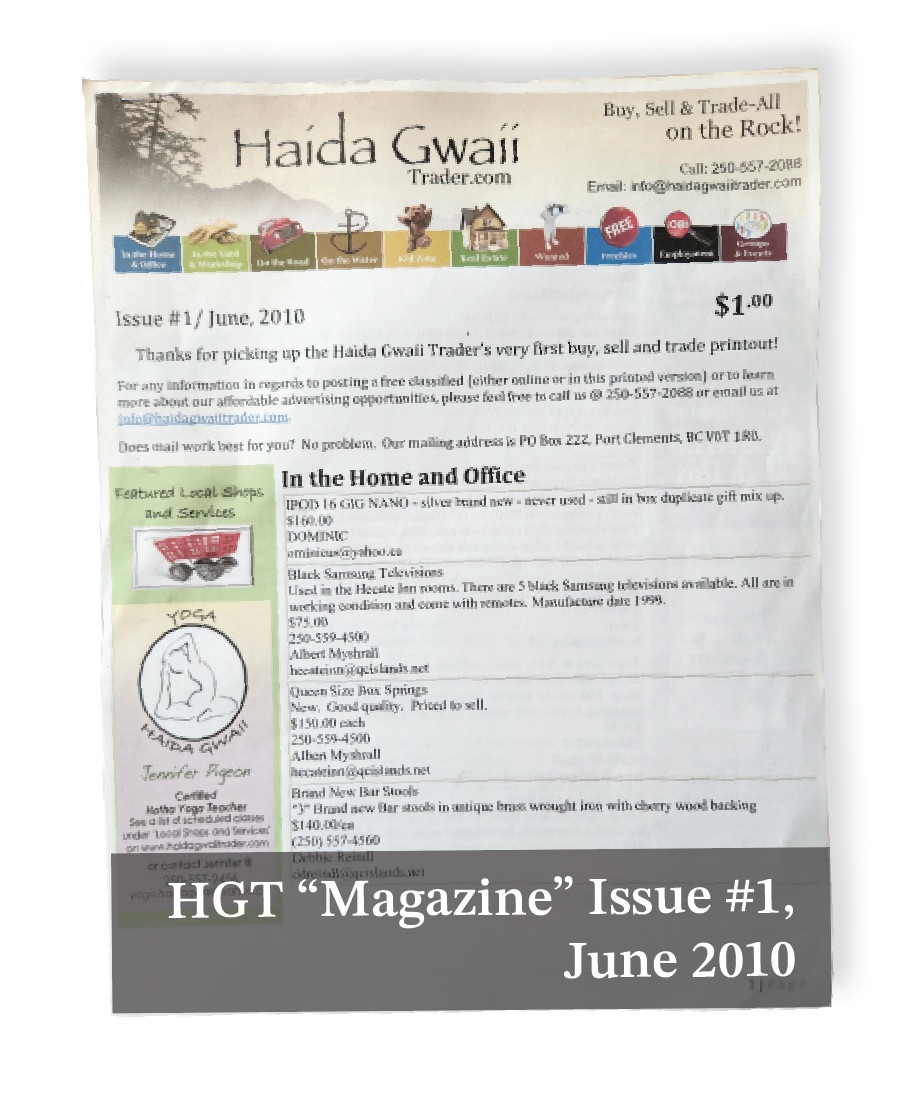 Claude Adams: Shellene, what is the Trader’s origin story? How did it begin?
Claude Adams: Shellene, what is the Trader’s origin story? How did it begin?
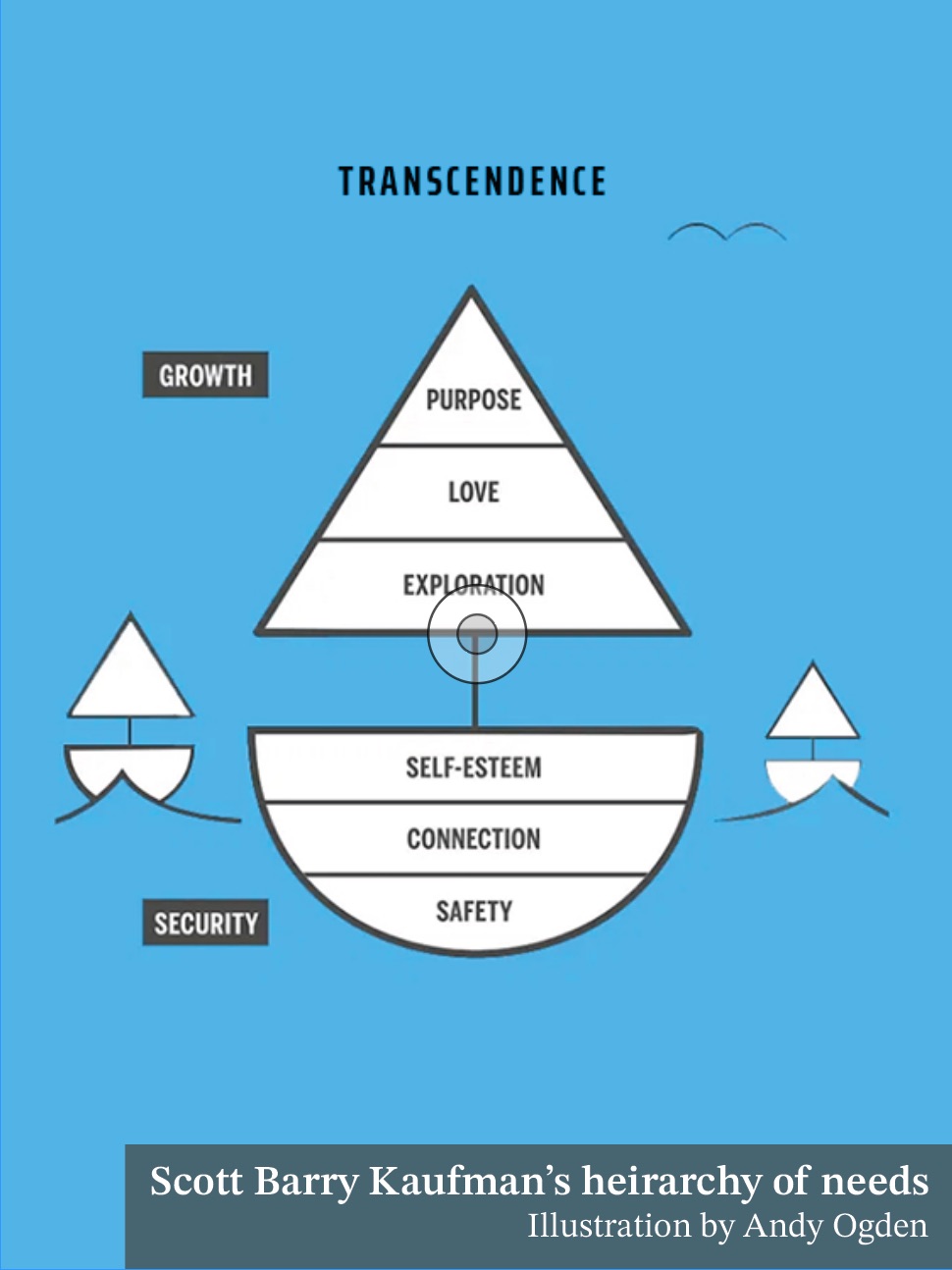 What was the magazine circulation in its first year and what is the readership now?
What was the magazine circulation in its first year and what is the readership now? 

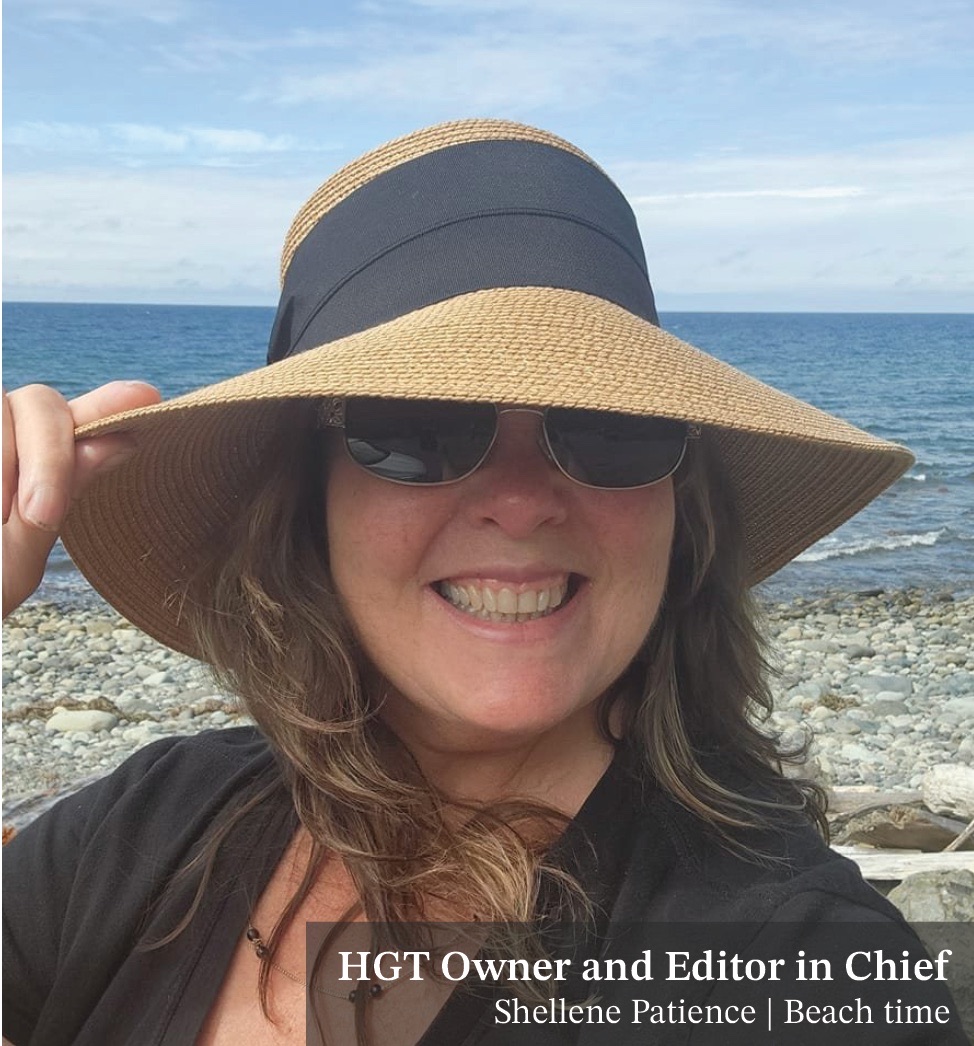 In a world of the internet and overwhelming social media, how do you keep a print publication relevant?
In a world of the internet and overwhelming social media, how do you keep a print publication relevant? 
